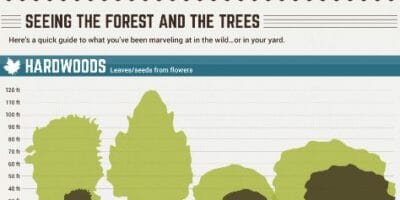Recognizing The Need For Tree Elimination: A Guide For Homeowners
Recognizing The Need For Tree Elimination: A Guide For Homeowners
Blog Article
Posted By-Merrill Conway
Trees add elegance and value to property, yet they can also position a risk during severe weather occasions. If a tree has actually quit growing, is showing visible fungal growth, or has a leaning trunk, it must be removed by a specialist to avoid home damages and injury.
To find out more, go to a homeowner resource fair co-hosted by HPD, the Facility for NYC Neighborhoods, and Brooklyn-based real estate companions this night in Bedford-Stuyvesant. The occasion will feature the House owner Handbook, a brand-new guide to aid house owners browse the duties of possessing a home.
1. Dead or Dying Branches
Trees are an important part of your home's landscape, providing color and elegance. They also give sanctuary for wild animals and produce oxygen, but also healthy trees can experience health problems that might demand their elimination. Dead or passing away trees aren't simply unattractive, they can be harmful. Their branches might fall during a storm, bring about pricey building damage and injuries.
When a tree's branches begin to die, it suggests that its framework is beginning to break down. If the majority of its branches are dead, it is likely time to remove it.
Seek a lack of brand-new development, bark peeling, open injuries or dental caries, fungis growing on the trunk or origins and a general look of degeneration in the entire cover. These indicators of infection can show a major trouble that will certainly require expert tree services to solve.
2. Leaning Trunk
While it's typical for trees to lean every so often because of phototropism, if a tree has a harmful or severe lean that's not due to natural processes - it could be a sign that the tree requires to be gotten rid of. If the tree is favoring a power line, home, lorry, play structure or any other location that could be unsafe to people if it falls, then calling a specialist tree solution for removal should be a leading concern.
It's also essential to look for any kind of sudden changes in a tree's leaning as it can indicate damages to the origins or trunk that may result in dropping. This is especially real throughout thundercloud, because high winds and rain-soaked dirt can cause a lean to change swiftly. Regular surveillance, particularly during and after tornados can help home owners identify prospective troubles with their trees so they can call an arborist for an extensive assessment.
3. Parasite Problem
Some pest invasions, such as wood-boring pests like emerald ash borer or sap-suckers like scale insects, are so severe that they can create a tree to pass away. The best way to prevent pest invasion is to check your trees regularly. click here , openings, or stainings in the leaves and bark. Analyze the trunk for splits and indicators of insect damage, such as passages or tracks.
If a tree ends up being too infested with parasites, or is close to a home or high-voltage line, an arborist may recommend elimination. If a leaning tree develops a new, unsteady lean, an arborist will likely advise elimination too to guarantee the safety and security of individuals and building. If a weakened or dead tree continuously drops excessive branches, it is a sign that it is time to get rid of the tree. If a tree continues to drop branches for an extensive period of time, it can lead to architectural issues and prospective residential or commercial property damage.
4. Harmed Trunk
Trees are a gorgeous and integral part of our landscape, however they do require routine like keep them healthy and balanced and safe. If a tree is damaged irreparable it is most likely time for it to find down.
https://mgybthug.z13.web.core.windows.net/growth-maintenance.html for indications of damages to the trunk, including upright cracks, seams, dead branch stubs, visible wounds or open dental caries and severe tree-rot. The presence of fungi at the base of the trunk is one more cautioning indication. Fungis might suggest that the phloem and xylem (life-support tissues) are jeopardized, enabling the spread of disease or a future failure.
Additionally, think about whether the tree has actually stopped growing. Healthy trees will have new growth each year, which may be visible as buds or branches sprouting and extending. If you do not see any brand-new growth, it's a great concept to have an arborist evaluate the tree and follow their recommendation for removal. A dying or damaged tree can fall and trigger building damage.